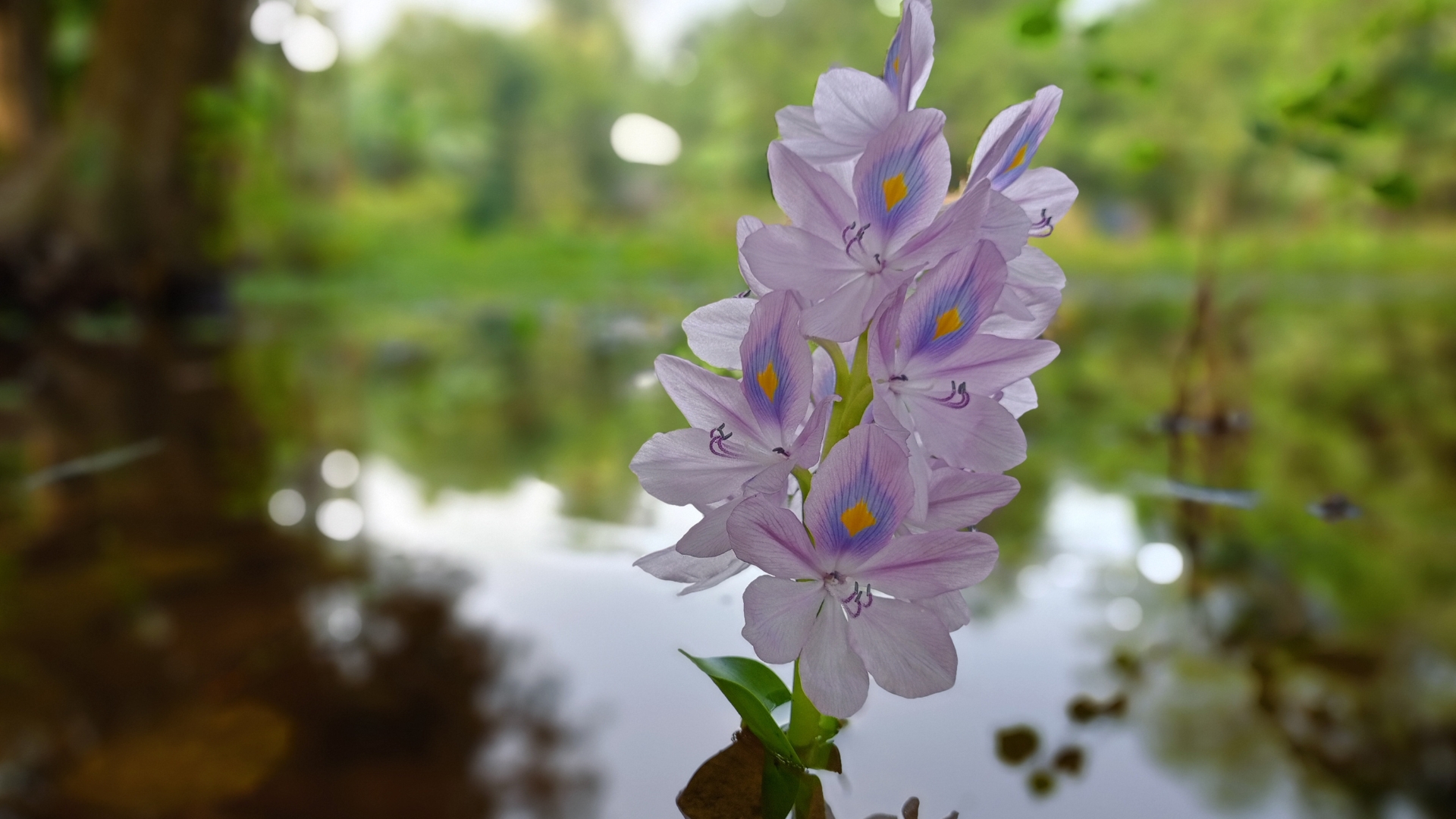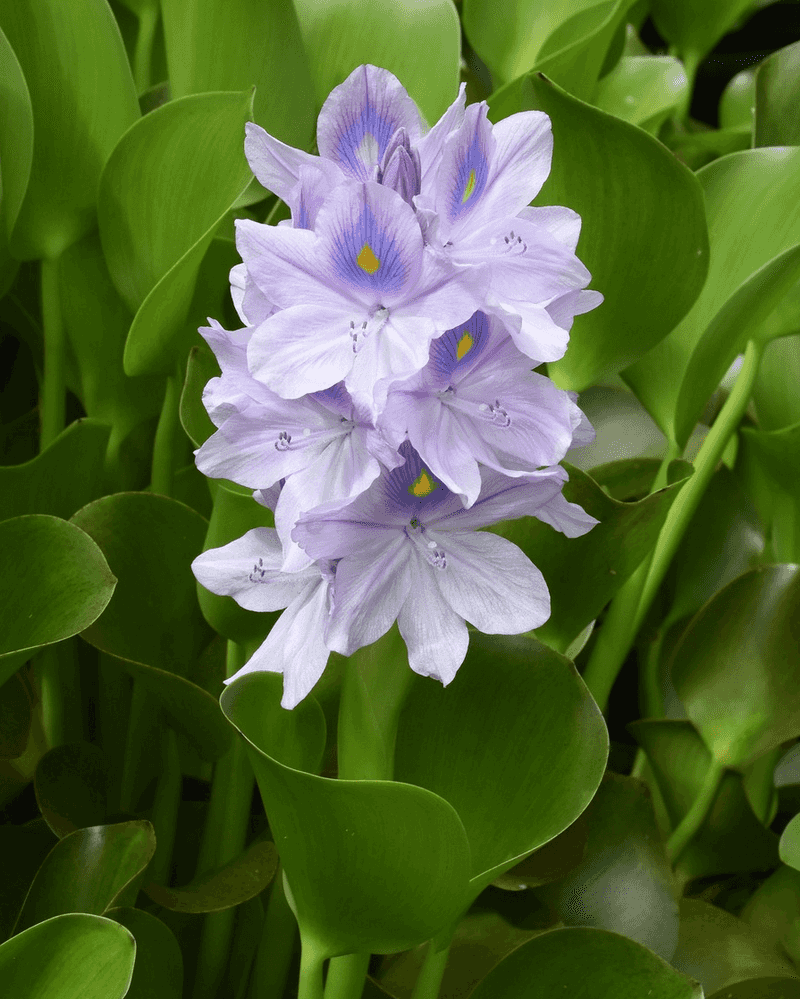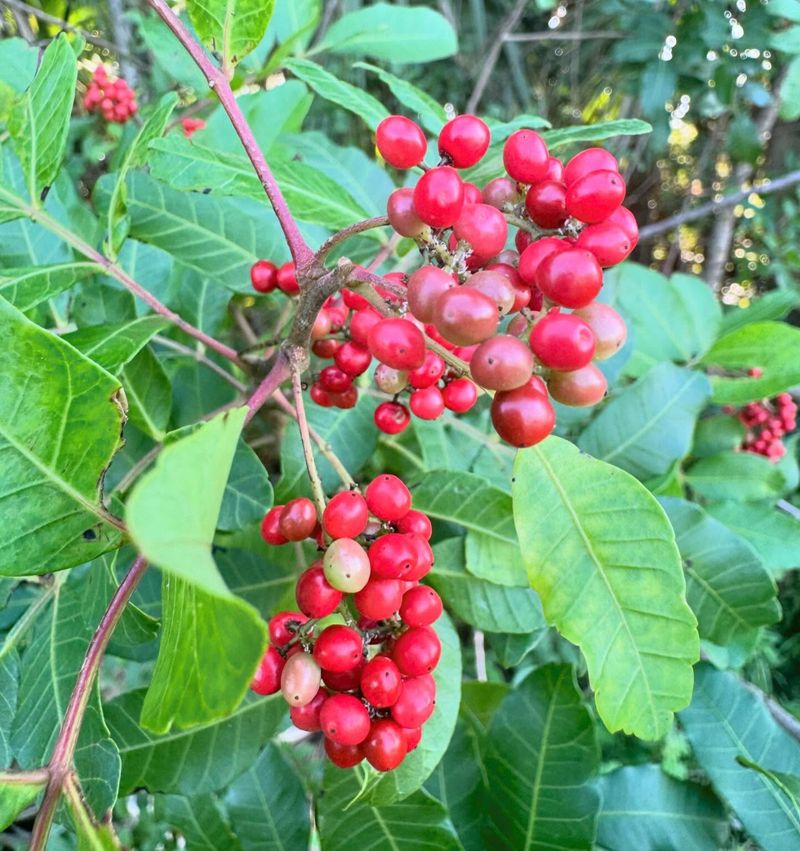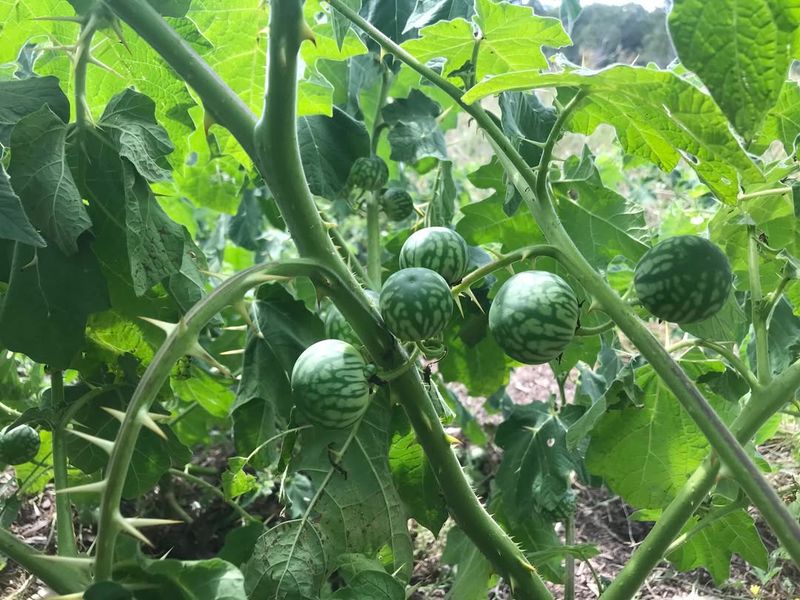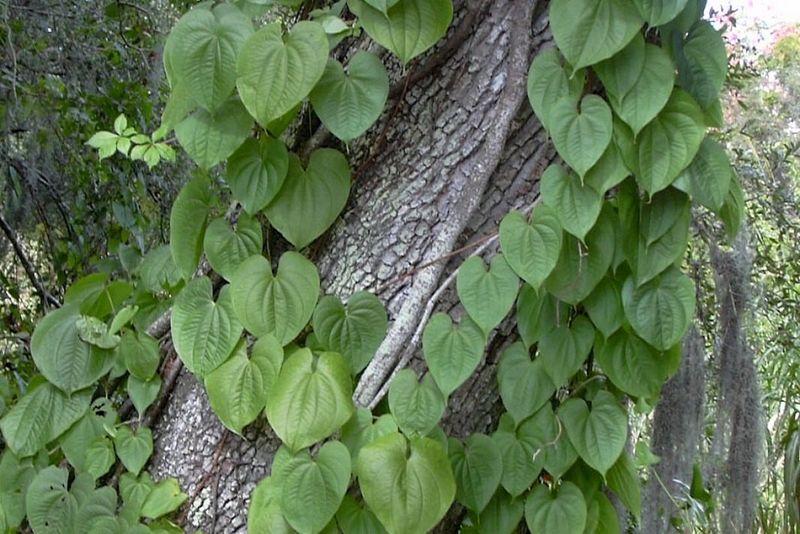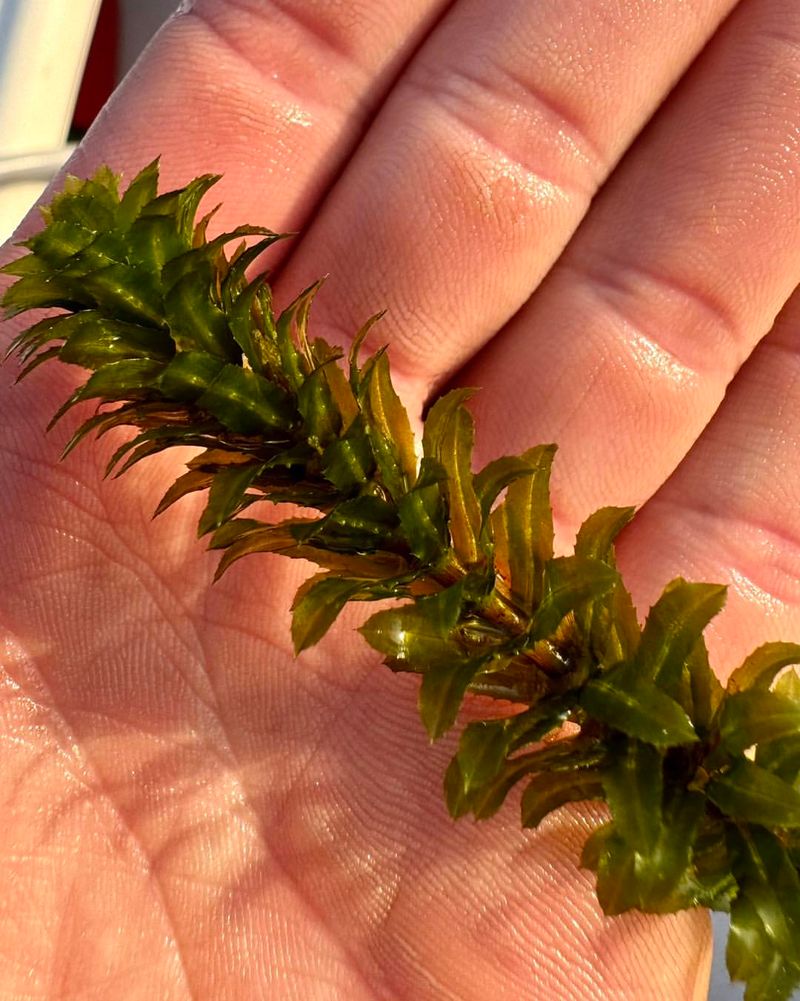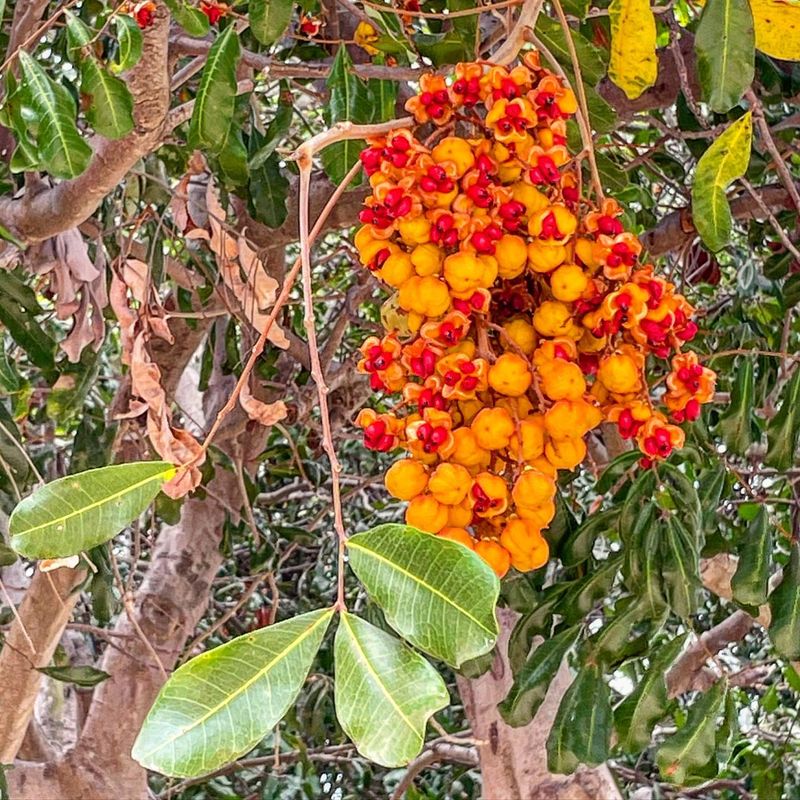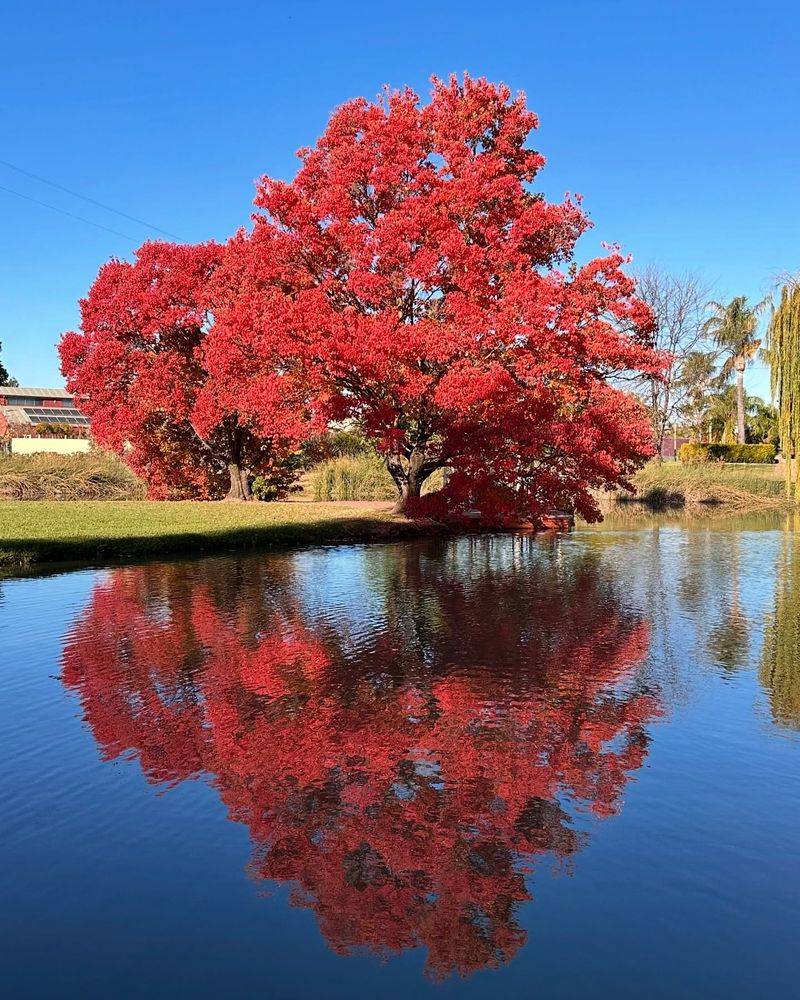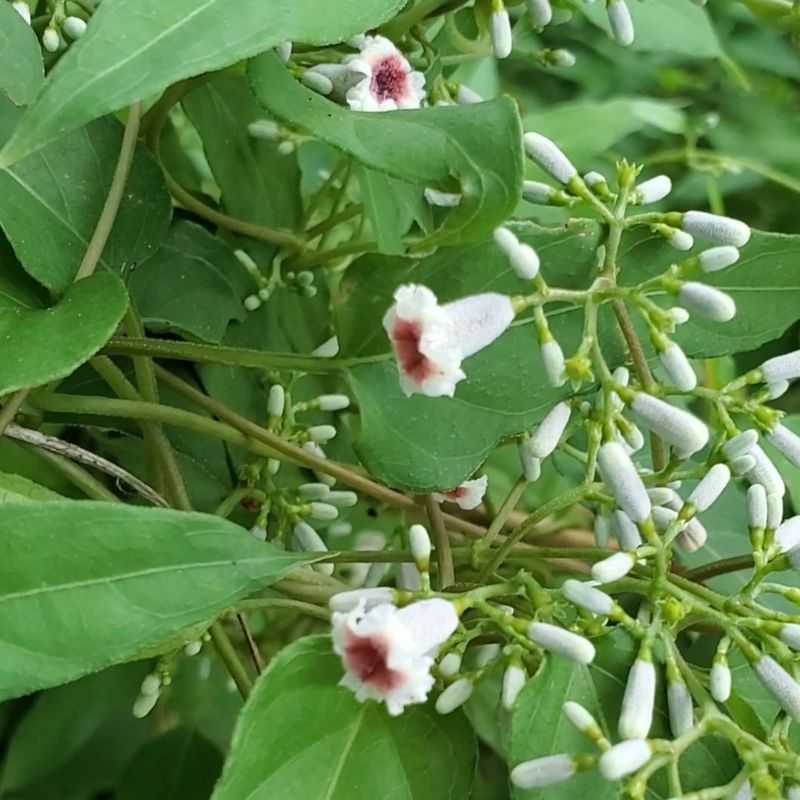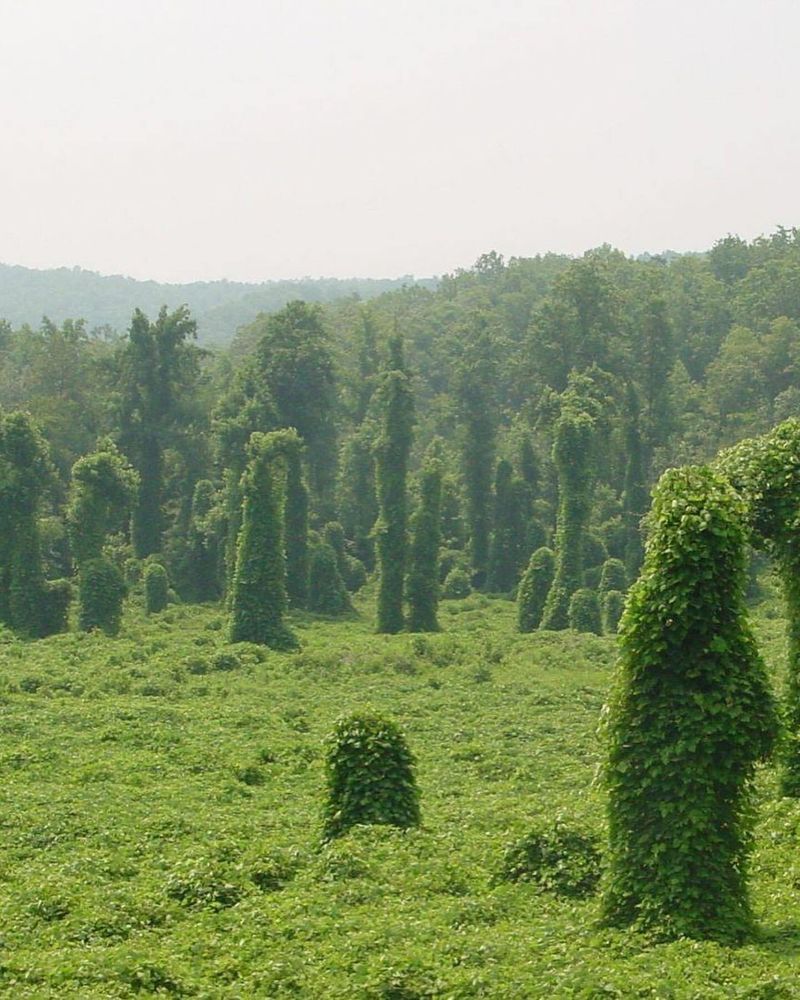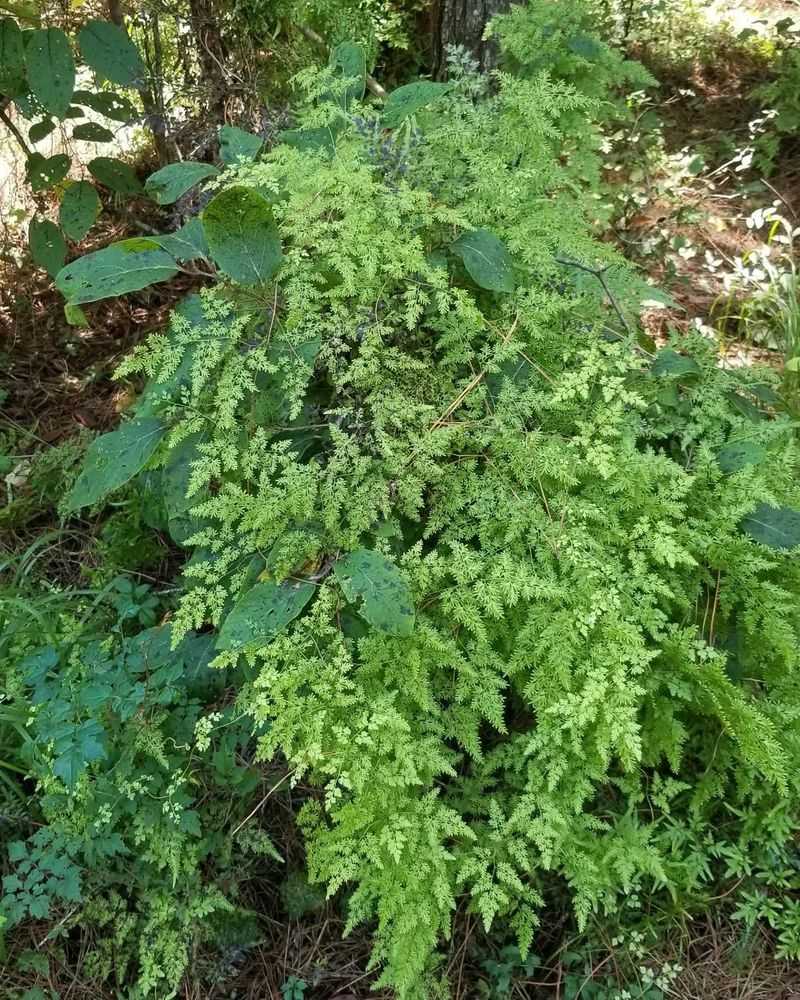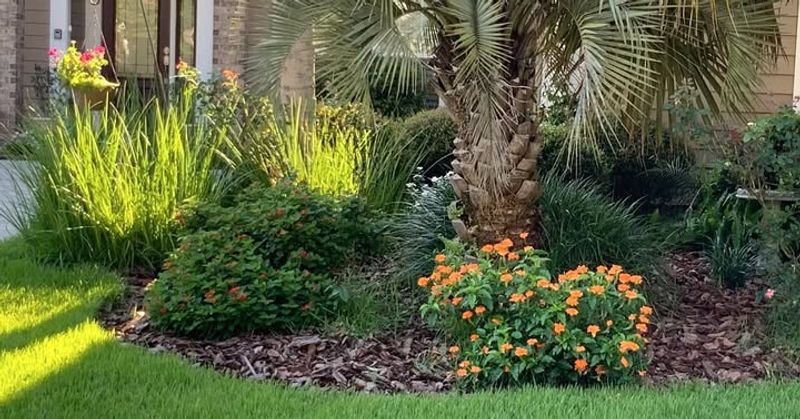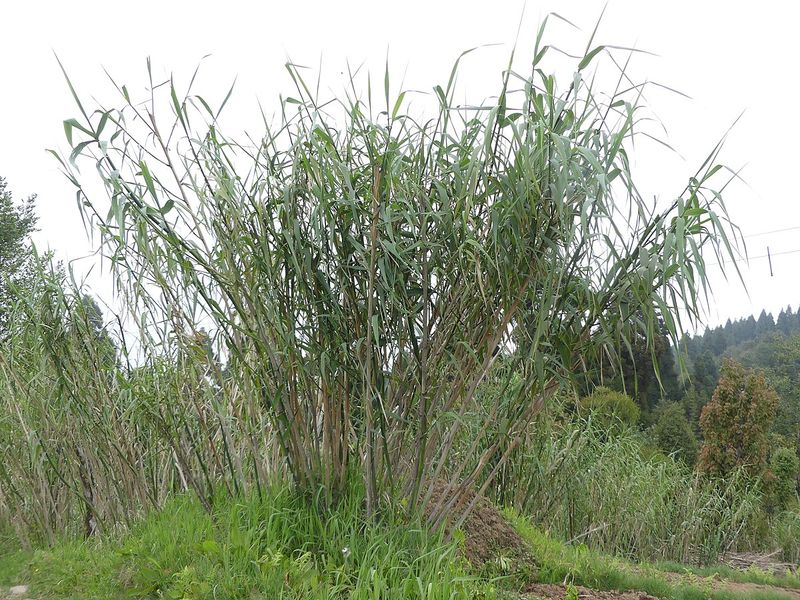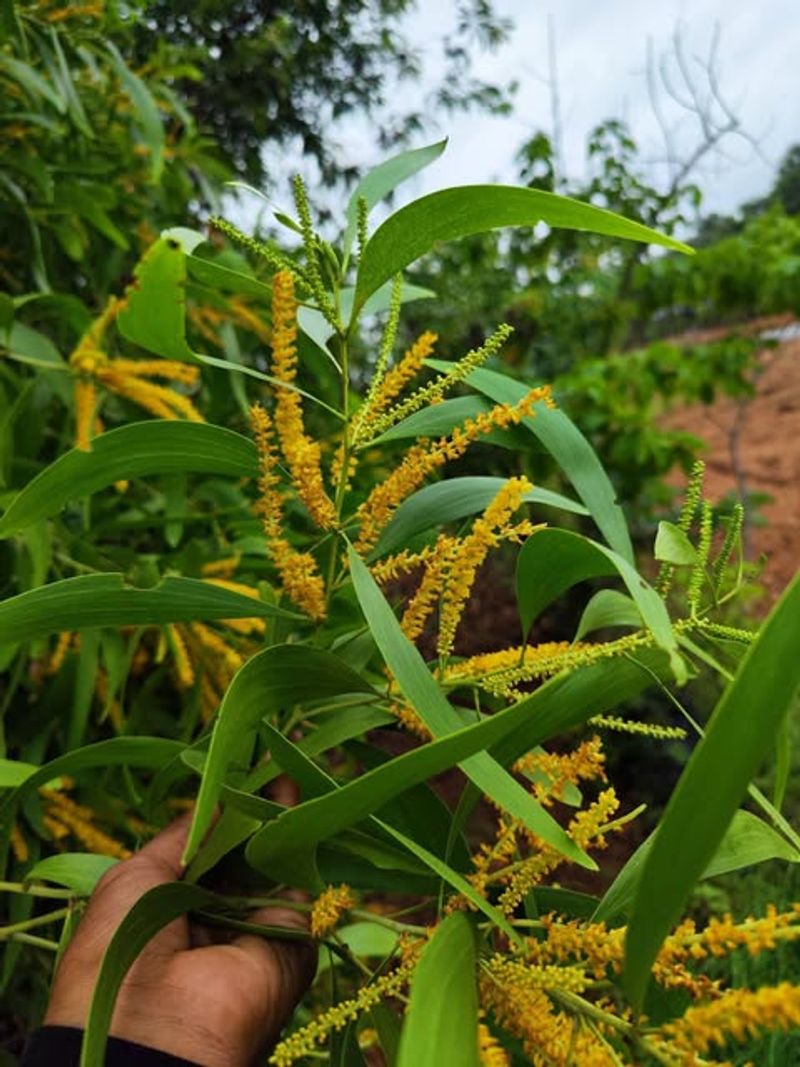Florida may sound like paradise, but it comes with some serious botanical rules. Imagine being told those luscious tropical-looking plants you love could actually be illegal in your own garden!
I’ve tripped over a few of these myself during my landscaping adventures—and the surprise fines weren’t small.
This list will shine a spotlight on 17 plants that are either banned or heavily restricted in the Sunshine State. Ready to get informed and keep your greenery guilt‑free?
1. Water Hyacinth
Once popular for water gardens, this floating menace quickly takes over Florida waterways. The lavender flowers might look pretty, but they form thick mats that choke out native species.
Across the Sunshine State, millions are spent annually battling these aggressive invaders. They block boat traffic and reduce oxygen levels in water, killing fish.
2. Brazilian Pepper
Red berries might make this shrub look festive, but Florida officials consider it a nightmare. It forms dense thickets that push out native vegetation and release allergens that cause respiratory problems.
Throughout Florida’s coastal areas, this South American invader continues spreading despite eradication efforts. Even small fragments can regrow into full plants.
3. Melaleuca
Also called paper bark tree, this Australian import was originally planted to dry up Florida’s swamplands. The plan backfired spectacularly when it began aggressively spreading throughout the Everglades.
A single tree produces millions of seeds annually, making containment nearly impossible. Florida spends countless resources trying to control this thirsty invader.
4. Tropical Soda Apple
Farmers across Florida dread spotting this thorny nightmare in their pastures. The spiny stems and leaves can injure livestock and make land unusable for grazing.
Wildlife unwittingly spread the seeds after eating the yellow fruits. The plant can completely take over a pasture in just one growing season if left unchecked.
5. Air Potato
Looking innocent with heart-shaped leaves, this aggressive vine can grow up to 8 inches daily. It smothers native vegetation by climbing over everything in its path.
Florida has introduced special beetles that feed exclusively on this plant to help control it. The plant produces numerous potato-like tubers that drop and sprout new vines.
6. Hydrilla
Beneath Florida’s lakes lurks this underwater menace that forms dense mats reaching the surface. Boaters and swimmers find their activities impossible when hydrilla takes over a water body.
Just a tiny fragment can start a new infestation miles away. Florida spends millions annually on chemical, biological, and mechanical control of this stubborn aquatic invader.
7. Carrotwood
Originally brought to Florida as an ornamental shade tree, carrotwood quickly escaped cultivation. Birds love the orange-red fruits and spread seeds far beyond residential areas.
The dense canopy prevents sunlight from reaching native plants below. Throughout coastal Florida, this Australian native displaces important mangrove ecosystems.
8. Cogongrass
Hidden in plain sight, this innocent-looking grass is actually one of Florida’s most aggressive invaders. The distinctive white midrib on leaves helps identify this menace that burns hotter than native grasses during wildfires.
Sharp underground rhizomes make removal extremely difficult. Across Florida, this grass reduces forest productivity and wildlife habitat quality.
9. Chinese Tallow
Known as popcorn tree for its white seeds, this fast-growing invader produces thousands of seeds annually. Birds spread them throughout Florida’s natural areas where they quickly form monocultures.
Fall foliage turns brilliant red, making it deceptively attractive. The sap contains toxins that can irritate skin and eyes of Florida residents who attempt removal.
10. Skunk Vine
True to its name, crushing the leaves releases an unmistakable foul odor. This aggressive climber blankets Florida’s native vegetation and tree canopies, blocking essential sunlight.
Originally introduced as a potential fiber crop, it escaped cultivation. Throughout central Florida, land managers battle this persistent vine that can grow up to 10 feet in a single season.
11. Old World Climbing Fern
Unlike native ferns, this aggressive climber smothers entire trees and shrubs under its leafy blanket. The delicate appearance belies its destructive nature in Florida’s precious wetland ecosystems.
Tiny spores travel miles on wind currents, creating new infestations. The Everglades faces significant threats from this fern that can completely transform habitat structure.
12. Kudzu
Nicknamed “the vine that ate the South,” kudzu lives up to its reputation in northern Florida. Growing up to a foot daily, it completely engulfs trees, utility poles, and abandoned buildings.
Originally introduced for erosion control, this Asian import quickly became unmanageable. Florida landowners struggle with this persistent vine that can regrow from any root fragment left behind.
13. Japanese Climbing Fern
Delicate appearance masks this aggressive climber’s destructive potential in Florida’s forests. The lacy fronds can reach 90 feet in length as they climb over native vegetation.
Forest fires actually help spread this invader across the state. The heat triggers mass spore release, allowing rapid colonization of newly burned areas throughout Florida’s natural lands.
14. Downy Rose Myrtle
Pink flowers make this shrub attractive, but Florida conservation officers warn against its deceptive charm. It forms dense thickets in wetlands and along waterways, choking out native species.
Birds eagerly consume the purple berries and spread seeds across the state. Throughout South Florida, this Asian native threatens the unique pine rockland habitat.
15. Australian Pine
Despite its name, this isn’t actually a pine tree at all. The wispy, pine-like foliage drops chemicals that prevent other plants from growing underneath it in Florida’s coastal areas.
Shallow roots make these trees hazardous during hurricanes. Across Florida’s beaches, they displace critical nesting habitat for endangered sea turtles and shore birds.
16. Burma Reed
Towering up to 15 feet tall, this giant grass quickly dominates Florida’s natural areas. The massive plume-like seed heads release thousands of wind-dispersed seeds.
Native wildlife find little nutritional value in this aggressive plant. Throughout South Florida, conservation areas struggle with this invader that thrives after fires and other disturbances.
17. Earleaf Acacia
Fast-growing and drought-resistant, this Australian tree seemed perfect for Florida landscaping. Unfortunately, it escaped cultivation and now threatens native pine forests and scrub habitats.
The distinctive ear-shaped leaf structures make identification easy. Throughout southern Florida, this aggressive invader forms dense stands that completely shade out native understory plants.

